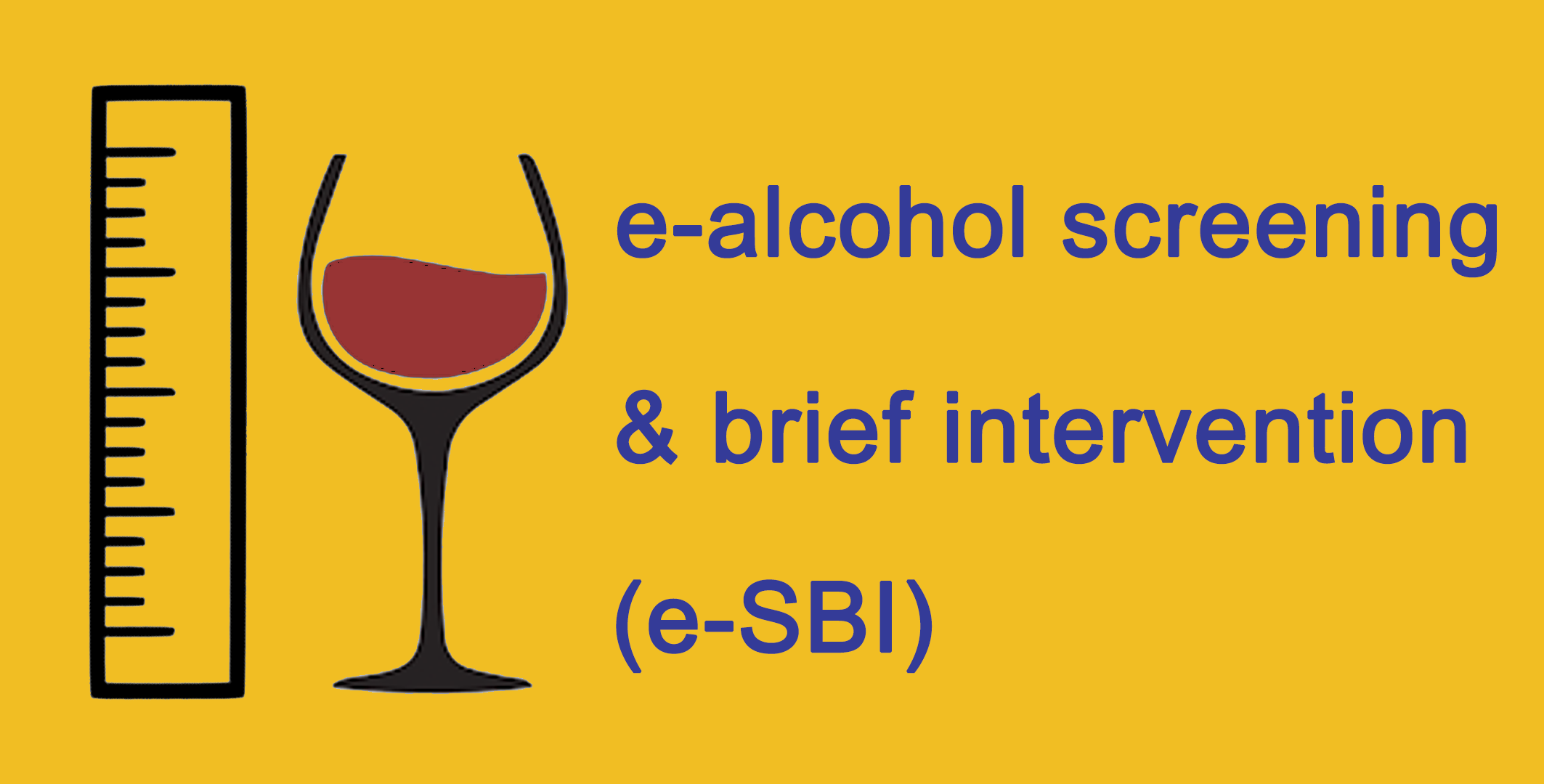NCD Watch
Stroke Awareness and Prevention
29 Oct 2021 (Fri)

The World Stroke Organization established the World Stroke Day on 29 October as to provide a global platform for the stroke community to increase awareness and drive action on stroke around the world. For World Stroke Day 2021, it will raise awareness of the stroke signs and the importance of acting FAST in the aftermath of a stroke in order to save lives, reduce disabilities and improve treatment outcomes.
Stroke is a major public health issue. It occurs when the blood supply to part of the brain is cut off, usually because the artery of the brain is blocked by a clot or ruptures. Without the oxygen and nutrients carried by blood, brain cells die and it can lead to brain damage with various degrees of disability (such as limb weakness, speech impairment, memory loss, paralysis on one side of the body etc.), and even death.
The risk of having a stroke increases if an individual has certain risk factors. While some risk factors are non-modifiable (such as advancing age and family history of stroke), most are preventable or modifiable. Studies show that 90% of stroke worldwide are collectively attributed to 10 modifiable behavioural and biomedical risk factors. Leading risk factors for stroke include high systolic blood pressure, high body mass index, high fasting plasma glucose, and smoking.
In Hong Kong, stroke was the fourth commonest cause of death with 3,164 registered deaths in 2020. More importantly, territory-wide household surveys conducted by the Department of Health observed that major stroke risk factors (such as smoking, alcohol consumption, physical inactivity, excessive sodium intake, abdominal obesity, hypertension, diabetes and hypercholesterolaemia, etc.) were prevalent among the local general population.
To reduce the risk of having a stroke, members of the public should lead a healthy lifestyle (including no smoking, refrain from alcohol use, eating a balance diet, and being physically active); and regularly check for "triple H" (high blood pressure, high blood glucose and high blood lipids) as recommended by the relevant Reference Frameworks.
A stroke is a medical emergency. When it occurs, time is muscle: the earlier the person takes heed of the stroke symptoms and receive treatment, the better result it would be. Thus, members of the public are urged to be familiar with the warning signs of stroke (including transient ischaemic attack or known as "mini-stroke"), and act "FAST" for help if indicated.
F - Face drooping
A - Arm weakness
S - Speech difficulty
T - Time to call 999
Source: NCD Watch October 2021This link will open in a new window






































